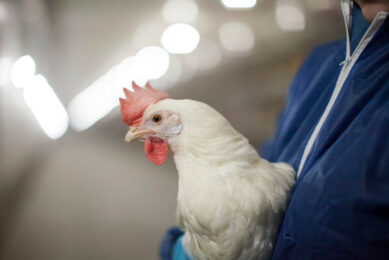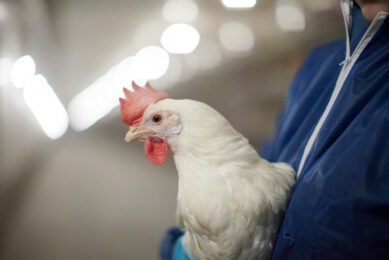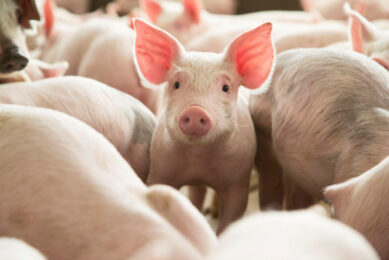Going for no antibiotics is reaching for platinum

Antibiotics allowed the global livestock sector to intensify. But the world is changing and we have to look at alternative methods. But this entails more than just replacing the antibiotic with a different product.
This is according to Aidan Connolly, chief innovation officer and vice president corporate accounts at Alltech. Connolly spoke at ONE: The Alltech Ideas Conference, which was held in May in Lexington, Kentucky. In his talk, he mentioned that antibiotics did work and helped in intensifying the livestock sector worldwide in the last decades. The golden era of the antibiotic development was seen in the 1940-50s. “Since then, we have seen a reduction in the development of new types of antibiotic drugs. But this was also the time that preventive antibiotics in feed started to became popular,” Connolly said.
New feed strategies needed
But with the intensive use of antibiotics, also antimicrobial resistance (AMR) grew. Connolly: “And this is a real problem as resistance is resistant. In the last years, legislation has been implemented to reduce the use of antibiotics to slow down the development of resistant bacteria or even superbugs. What started in the EU, as many recognised the threat of AMR has now spread to regulations in over 46 countries. For example, rules in the US for reporting antimicrobial rules have become stricter recently. Non-therapeutic antibiotics have been banned in many countries (specifically those used in human medicine). However, I think that legislation alone is not enough to fight the problem.”
Nutritional alternatives
So what can we do against AMR? Just simply removing antibiotics completely sometimes comes with a drop in performance and difficulties to get performance up after this drop. Connolly mentioned that new strategies are therefore needed in terms of formulation, supplementation, environment and farm management. Environment is an important one, as many antibiotic residues are found in the faeces and urine of animals and hence end up in the environment. Nutritional alternatives to antimicrobials can be found in direct-fed microbials, enzymes, prebiotics and plant extracts. One of the examples of supplementation is the use of feed additives such as Natustat, a proprietary plant derived product. Trials in which poultry was challenged with C. perfringens showed that birds that received this supplement had significantly fewer intestinal lesions than the control group and no significant difference than birds fed an antibiotic.
“In addition, a meta-analysis looked at two other supplements and found positive outcomes when compared to the antibiotic diets. An additive, derived from a specific strain of yeast, showed better FCR (-11%) and less mortality (-18%). Also a refined yeast-based mannan preparation resulted in a better FCR (-0.17%). According to Connolly, a good antibiotic alternative can be chosen by using the five questions test. “This test looks at: Consumer, Safety, Pellet stability, Mode of action and Consistency. It is then simply a matter of ticking the boxes for each alternative. We see that dietary mannan oligosaccharide (MOS) ticks all the boxes”, according to Connolly.
Silver, Gold and Platinum level
Connolly compared a successful antibiotic free programme with reaching a Silver, Gold or Platinum level (known from air miles cards, supplied by airlines). “When livestock producers have a silver level it means that antibiotics are being replaced. In other words, antibiotics out the diet and an alternative in. The gold level is that we see actual changes and improvements in gut health. Of course, we want to reach the platinum level of a successful antibiotic free program, which means that we have consistent success in the field. Obviously this ‘level system’ is a way of looking at things and an example on how to approach an antibiotic free program,” Connolly concluded.
The level system described here is not implemented in the field as such, but a good eye opener that there are different levels in going for antibiotic free. And this entails more than just replacing the antibiotic with an alternative.
ONE: The Alltech Ideas Conference attracted over 3,000 attendees from over 70 countries. High level key note speakers included Steve Wozniak, Ramez Naan, Jim Lovell and Alain Mullaly. The conference returns 21 – 24 May 2017.











